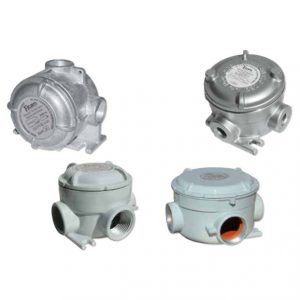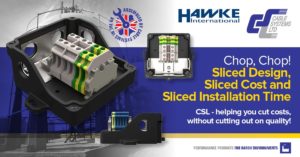It’s easy to think of Exe enclosures and Exd enclosures as both being explosion proof, but the different designations have slightly different meanings.
To give a very basic summary of the two:
- Exe enclosures are deemed ‘explosion protected’ but not necessarily ‘flame proof’
- Exd enclosures are ‘flame proof’ which means they should contain an explosion
Explosion protected means that an Exe enclosure can withstand a certain level of impact and should never generate sparks or current that might ignite an explosive atmosphere.
On the other hand, flame proof means that if an explosion occurs inside an Exd enclosure, the flame should either be fully contained or released via a safe ‘flame path’.
Both products aim to prevent explosions – so which do you need?
Exe enclosures, also known as ‘increased safety’ enclosures, are typically the cheaper option, while Exd enclosures offer the additional safeguard of containing any flames.
The final decision may be based on the characteristics of the surrounding atmosphere, including its temperature T-rating.
Finally, remember to ensure that the hazardous area products you use with your enclosure are also rated, such as Exe and Exd cable glands, to ensure the same level of protection throughout.
If you require explosion or flame proof enclosures, or if you’re not sure which product you should use, speak to our team today.











